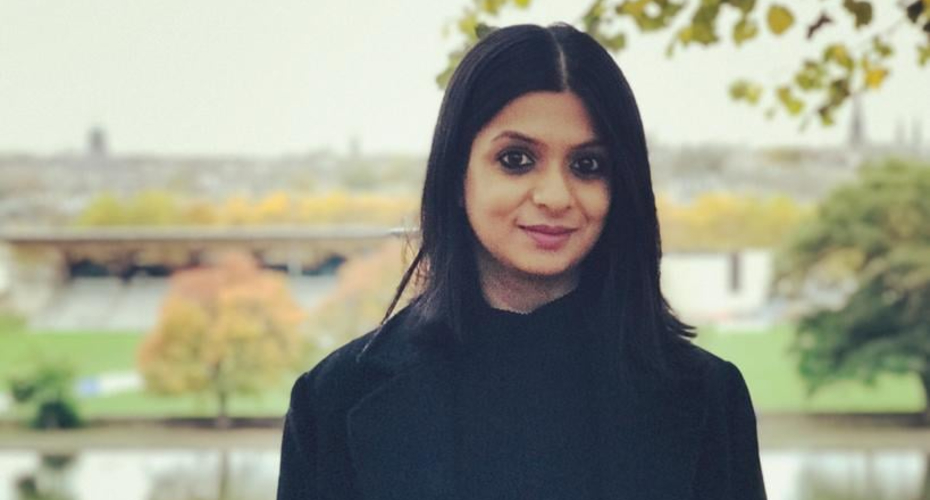The story of the Indian 'coolie' and how the journeys of more than one million migrants influenced India's diplomatic identity has been explored for the first time in a new history book.
Coolie Migrants, Indian Diplomacy: Caste, Class and Indenture Abroad, 1914-67 represents a decade of research and writing by its author, Dr Kalathmika Natarajan and is among the first to substantively draw links between international relations, indenture, and labour migration.
Covering India, Sri Lanka, Britain and the Caribbean, the book unearths lost histories from quarantine camps, passport offices and migrant houses as people moved to create what is now the world's largest diaspora.
It also examines the role that caste played in the making of Indian diplomacy, covering the interwar period and the first decades after independence.
Published by Hurst in the UK this week, with a US edition by Oxford University Press next year, Coolie Migrants, Indian Diplomacy represents the culmination of ten years' work by Dr Natarajan, of Exeter's Department of Archaeology and History.
"This book began as a PhD thesis at the University of Copenhagen in 2015, and as an effort to explore how migration shaped Indian diplomacy," she says. "Over the last few years of extensive archival research, it became increasingly clear that this was a diplomatic history that centred around labour migration and the figure of the 'coolie' migrant.

"Such a framework helped me centre categories like caste (and its intersections with race, gender, class), which are often ignored in disciplines like diplomatic history or international relations, and enabled me to write a bottom-up history which highlights how migrants shaped diplomacy, rather than simply being recipients and 'problems' of diplomacy."
Dr Natarajan, a Lecturer in South Asian History, drew upon a range of material for her research - from acknowledged centres such as the National Archives of India and the British Library, to more specialist archives like the Tamil Nadu State Archives in Chennai, the Wellcome Library of Medical History in London and the Wolfson Centre for Archival Research at the Library of Birmingham.
There she found a rich array of information, including declassified governmental documents, memoirs, petitions, newspapers and journals, correspondences and private papers. She also found copies and images of travel and ID documents such as passports, and emigration and quarantine passes.
More than a million labourers are believed to have left India through indenture or assisted migration, heading to other parts of the British Empire or the colonies to undertake often low-paid work. They included territories as far away as British Guiana, Fiji and Trinidad.

"At a time when popular discussions of migration are increasingly securitised, the book offers a historically grounded account that highlights the hierarchies of race, caste, class and gender that have shaped migration - and in turn defined postcolonial diplomacy and international relations," Dr Natarajan adds.
"I hope it reads as a very different and hopefully unique way of doing diplomatic history - far from the conflicts and conferences that are often associated with the field. It also centres the voices and histories of the migrants themselves - rather than merely viewing them as subjects of diplomacy.
"And I would be thrilled if the book encouraged students to use multilingual sources and go beyond conventional archives to unsettle ideas of what diplomacy looks like, or indeed where it happens. I hope it increases public awareness of the vast scale of indentured and 'assisted' labour migration from South Asia and its impact on the making of the modern world."






